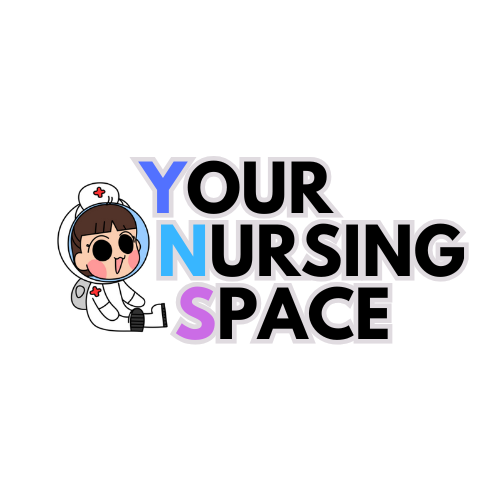2025 NCLEX Rapid-Response & Code Blue Guide
Share
Rapid-response calls and full Code Blues show up on nearly every NCLEX—and for 2025 they matter even more. The exam’s Next-Gen format rewards nurses who can spot subtle deterioration, launch the right team, and follow the latest ACLS drug sequence. Here’s what you need to know.
1. Why This Topic Is Hot in 2025
-
Updated ACLS guidance. The 2024 AHA consensus reaffirmed epinephrine 1 mg IV/IO every 3–5 minutes as first-line and stressed shorter hands-off intervals.
-
New Joint Commission safety goals. The 2025 National Patient Safety Goals push hospitals to tighten resuscitation training and post-event debriefing. Expect exam stems that mirror those standards.
-
NGN case-study emphasis. Unfolding emergency scenarios now make up a noticeable share of Clinical-Judgment items.
2. Early-Warning Signs You Must Recognize
-
Respiratory rate > 22 or < 8
-
SpO₂ < 92 % despite oxygen
-
Systolic BP < 90 mm Hg or sudden drop > 40 mm Hg
-
New confusion or agitation
If two or more appear, the NCLEX expects you to hit the Rapid Response button before drawing labs.
3. ACLS Drug & Rhythm Essentials
-
Epinephrine: 1 mg IV/IO every 3–5 min during pulseless arrest.
-
Amiodarone (refractory VF/VT): 300 mg bolus, then 150 mg.
-
Lidocaine alternative: 1–1.5 mg/kg, repeat 0.5–0.75 mg/kg.
-
Shock first, drug second for shockable rhythms—defibrillation always outranks the med cart.
4. Team Roles During a Code
| Role | Primary Job | Delegatable? |
|---|---|---|
| Team Leader (RN or MD) | Direct algorithm, assign tasks | No |
| Compressor (RN/UAP) | 100–120 cpm, rotate q2 min | Yes |
| Airway Manager (RT/RN) | BVM or advanced airway, ETCO₂ | No |
| Recorder (RN/LPN) | Time stamps, drugs, shocks | Yes |
| Medication Nurse (RN) | Push epinephrine, flush lines | No |
5. Four-Step Study Routine
-
Print the adult arrest algorithm and recite steps aloud until you can diagram it from memory.
-
Run two timed rhythm drills daily—identify VF, VT, asystole, PEA in five seconds or less.
-
Pair each rhythm with its first intervention (defib vs drug vs CPR).
-
Simulate a verbal hand-off: practice saying, “RR 8, BP 82/50—activating Rapid Response now.”
6. Free Practice Inside Your Nursing Space
Grab the five-question Emergency-Care Lightning Drill under Free Resources. It grades you with the same partial-credit logic the NGN uses. Ready for deeper reps? The full Rapid-Response Mastery Pack (120 adaptive questions + video walk-throughs) is waiting whenever you want it—no pressure.
Final Takeaway
Speed and accuracy decide real codes—and they decide NGN points too. Know the current drug doses, trust the algorithm, and call for help early. Do that, and the Code Blue items on your NCLEX become free points instead of stress points.
